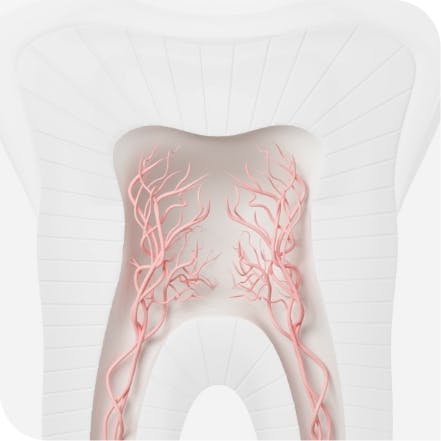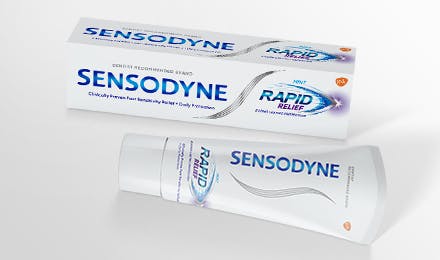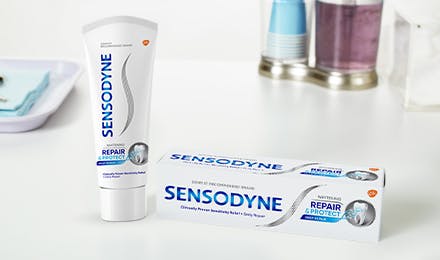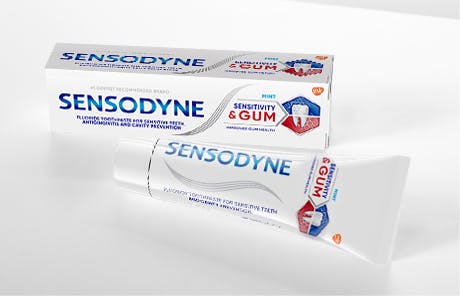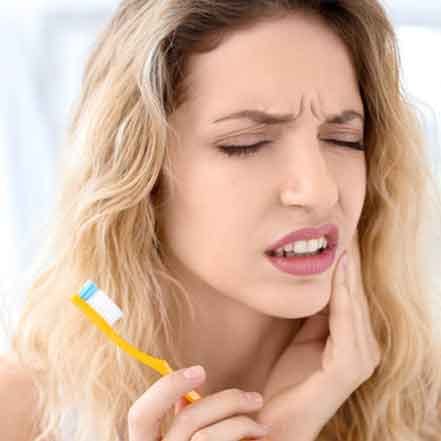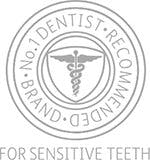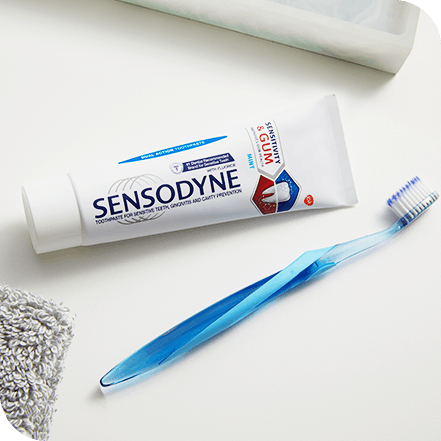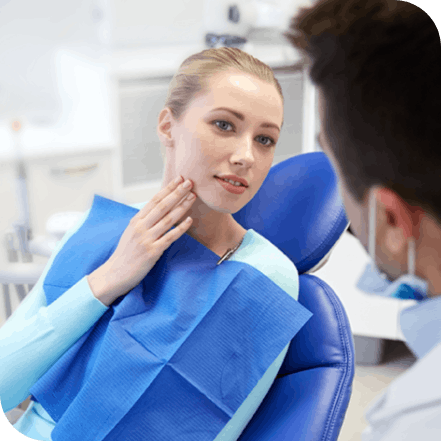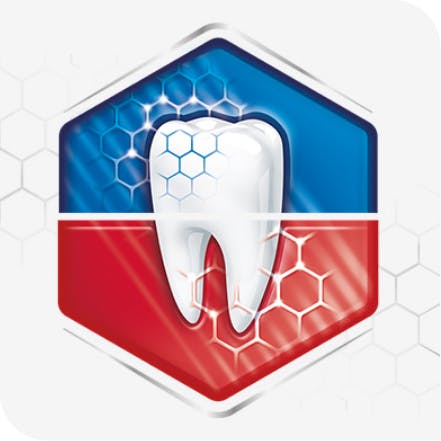Should You Floss Before or After Brushing?

Everyone wants to keep their teeth in tip-top shape, so it’s important to have the right cleaning process. Notably, this is the perfect time to ask: Should you floss before or after brushing? While doing both is great, the order in which you perform these daily tasks could impact just how strong your teeth remain. Learn more about brushing, flossing, and whether you should brush or floss first—so you won’t have to ask on your next dentist visit.
Should You Floss Before or After Brushing?
Flossing and brushing work in tandem to keep your teeth clean, keep plaque at bay, and, of course, keep your breath smelling fresh. So, does it really matter which you do first?
While it may be surprising, a study has found that flossing first followed by brushing with a fluoride toothpaste is more effective in removing interdental plaque than brushing first, flossing second.3 In addition, flossing before brushing results in greater fluoride retention between teeth.3 This is because flossing loosens the bacteria, plaque, and other residue between teeth. When followed by brushing, more particles are flushed out from those hard-to-reach interdental spaces.3,4
How to Floss Your Teeth
When you are ready to floss your teeth, follow these steps:2
- Dispense a piece of dental floss that’s about as long as the distance between your shoulders. This should give you one to two inches of floss to work with, plus enough to wrap around your thumb and forefingers for a tight grip. Guide the floss between your teeth using a gentle, rubbing motion. Never snap the floss into the gums. When the floss reaches the gum line, curve it into a C shape against one tooth. Gently slide it into the space between the gum and the tooth.5
- Use an up-and-down motion and rub the dental floss following the shape of the tooth. Repeat this action on each tooth. Be gentle as you floss to avoid bleeding.
How to Brush Your Teeth
Brushing your teeth is an essential means to remove food and plaque that stick to your teeth.1 The American Dental Association (ADA) recommends brushing your teeth twice a day for two minutes each time using a fluoride (a mineral that fights cavities and tooth decay) toothpaste, such as one of Sensodyne’s toothpastes.1 This helps to:1
- Prevent plaque build up*
- Lessen the potential for plaque to cause a breakdown in the tooth enamel (leading to potential cavities)1
- Stop tartar formation (which makes teeth harder to clean and can cause gum inflammation and even gum disease)
How Often Should You Floss?
Flossing or using an interdental cleaner (such as interdental brushes, floss picks, or water flossers) daily is heavily recommended by the ADA to further heighten oral health and lessen the risks of cavities and gum disease.3 Cleaning between your teeth with floss removes the film of bacteria before it hardens to plaque and removes food trapped between the teeth. Toothbrush bristles on their own are unable to clean between these tight spaces.3
How to Make Flossing First Part of Your Routine
For many, a tooth-brushing session first thing in the morning and last thing before hopping into bed at night is second nature. However, adding flossing to a daily routine hasn’t caught on for a majority of Americans.
In fact, a survey from the ADA found just 16% of respondents floss at least once a day, 20% said they floss only when they need to or if something is stuck in their teeth, and 8% said they never floss.6 Of those who don’t floss daily, more than half said their reasoning is because they find that the task is too time consuming.5 While it may add an extra step to your oral hygiene routine, when you brush and floss, you can keep your mouth cleaner and provide your teeth extra protection from decay. The best time to floss is whenever it fits in your schedule, as long as you floss daily.3
Make Flossing a Habit
To get in the habit of flossing, choose a time you’ll do it daily, whether that’s in the morning, after lunch, or at night. Keep your floss right next to your toothpaste and toothbrush and make sure it is visible so that it serves as a reminder to not skip the step. Then, floss every day before you brush for at least one week.
Once you’ve made it a week, set a goal to keep it up for one more. Soon enough, you won’t even have to think about it anymore.
Never Wonder if You Should Floss or Brush First Again
Whether you’ve been a long-time flosser or are just beginning to make interdental cleaning a part of your daily dental regimen, it’s never too late to feel confident and assured about the order in which you perform these tasks.
By flossing before you brush, you can amplify the benefits of removing plaque, food bits, and bacteria that are hard to reach by brushing alone, while also retaining more fluoride.4 By using Sensodyne toothpaste all the while, help protect against tooth sensitivity* and help keep your teeth strong for your next dental check-up.*
*with twice daily brushing
